This might be a nifty sound design trick. With the creative use of a gate effect, you can write messages into the amplitude waveform.
At the very least the resulting gate patterns are interesting.
The sound design services I’m able to provide are such as sound engineering, sound editing, sound effects and post production. I’m able to create game sounds, movie sounds and sound art.

This might be a nifty sound design trick. With the creative use of a gate effect, you can write messages into the amplitude waveform.
At the very least the resulting gate patterns are interesting.

An excerpt of the soundtrack loop for an exhibition by a Guadeloupean artist Karib.
The piece is largely based on the high-pitched sound of a reverberating cannon shell casing, which acts like a tuning fork after being fired. In this case, its frequency is about 4400 Hz, or slightly below C#, which corresponds to the wavelength of the casing’s diameter or the cannon’s caliber. The sound is played at different octaves/pitches and processed in various ways. It is mixed with the sound of a Tibetan prayer bell and a temporally lengthened and highly processed sound of a creaking door brings along an organic dynamism.
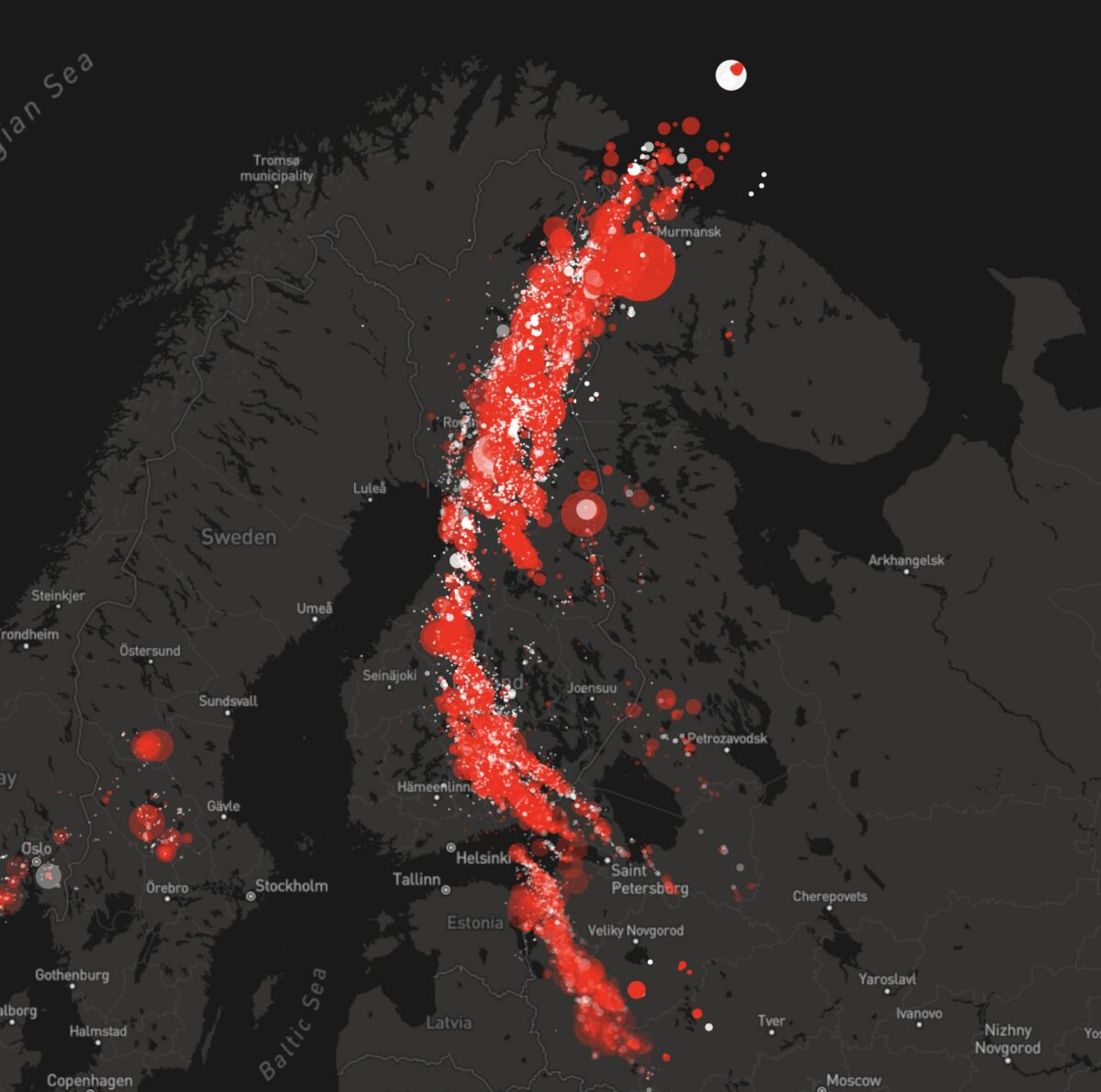
The website displays real-time lightning strikes on a map using data from the Finnish Meteorological Institute. It also converts the properties of these strikes into melodies that can be played live.
Here is a musical piece created through an improvised session layered over the lightning strike soundtrack: R Dimensio – Salamatar
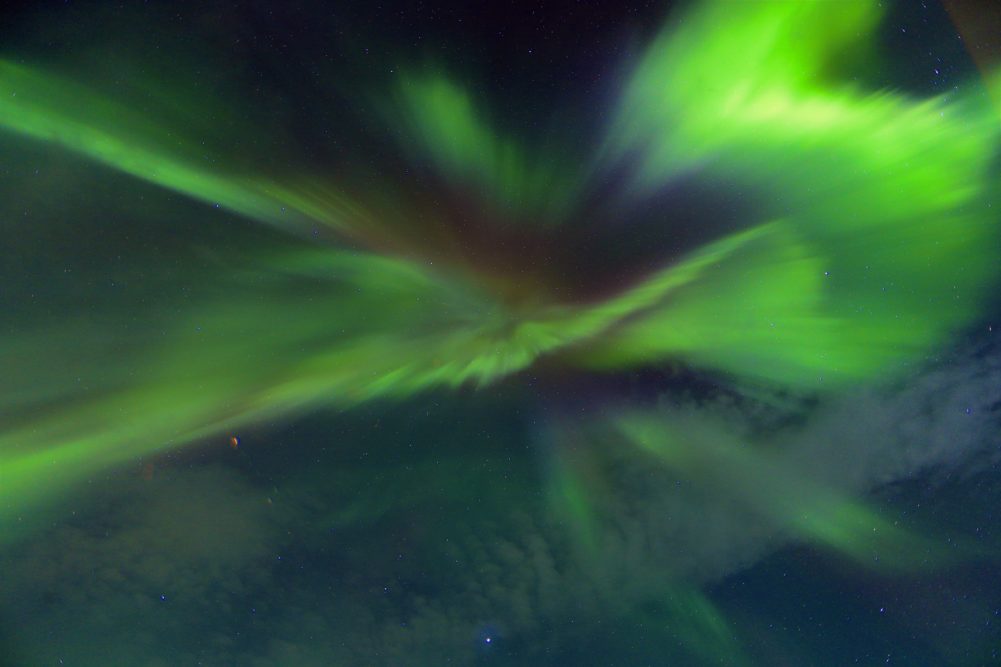
Does the aurora borealis produce sound? For some, it seems it does.
This piece is my personal reproduction of the auroral sound experience I had while working as a research assistant at the Sodankylä Geophysical Observatory in Finland. It reflects what I heard, an approximation unique to my perception; others might experience it differently.
In the winter of 2001, during peak auroral activity, five of us witnessed a vivid display of northern lights. Initially, three parallel belts of light appeared, which suddenly merged into one directly above us. At that moment, I perceived a sound unlike anything I had heard before.
The sound created its own space within my mind – devoid of reverberation or conventional spatial cues. The sound was dry. It resembled countless layered noises, each distinguishable, producing a sense of infinite depth yet feeling somehow confined, perhaps limited by my own perception.
Intermittently, very soft and deep pops punctuated the soundscape.
The sound’s presence fluctuated with the aurora’s movements. It ceased when the single belt split back into three. Moving my head did not alter the sound’s characteristics.
I was initially hesitant to share this experience with others. At the time, a project at SGO was collecting reports of auroral sounds, so I submitted mine. Later that night, I created a reproduction of what I heard – this piece is a refined, modern version of that.
I later came across the Frey effect (microwave auditory effect), which aligns with my experience but does not contradict my initial impression that the northern lights sound was directly induced.
The accompanying image is from Pixabay.
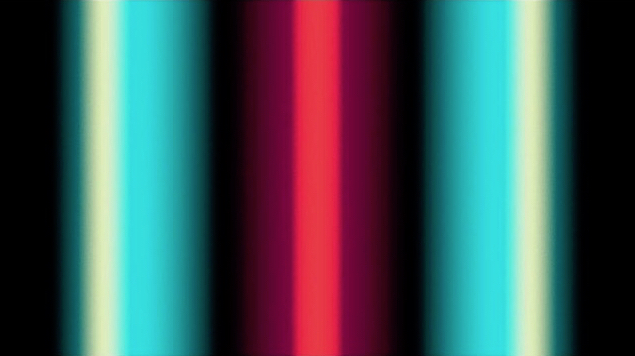
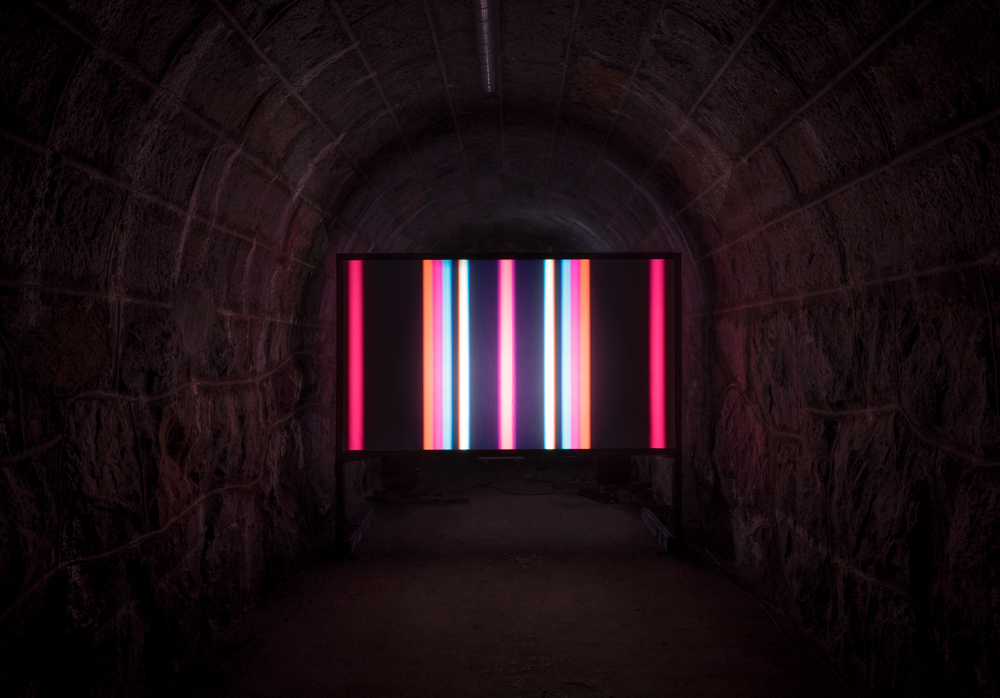
Fusion is a collaboration with Tuomas Tuomiranta, who created the animation using Processing. Real-time data from the animation was sent to Max via OSC, where I generated the sound using that data. I produced several audio interpretations and composed the final sound design from these renders to match and enhance the animation’s dynamic flow.
The foundation of the soundtrack is derived from the actual colors and their frequencies, translated directly into sound. Additionally, the evolving properties of the animation elements were used to modulate and shape the audio, creating a seamless integration between image and sound.
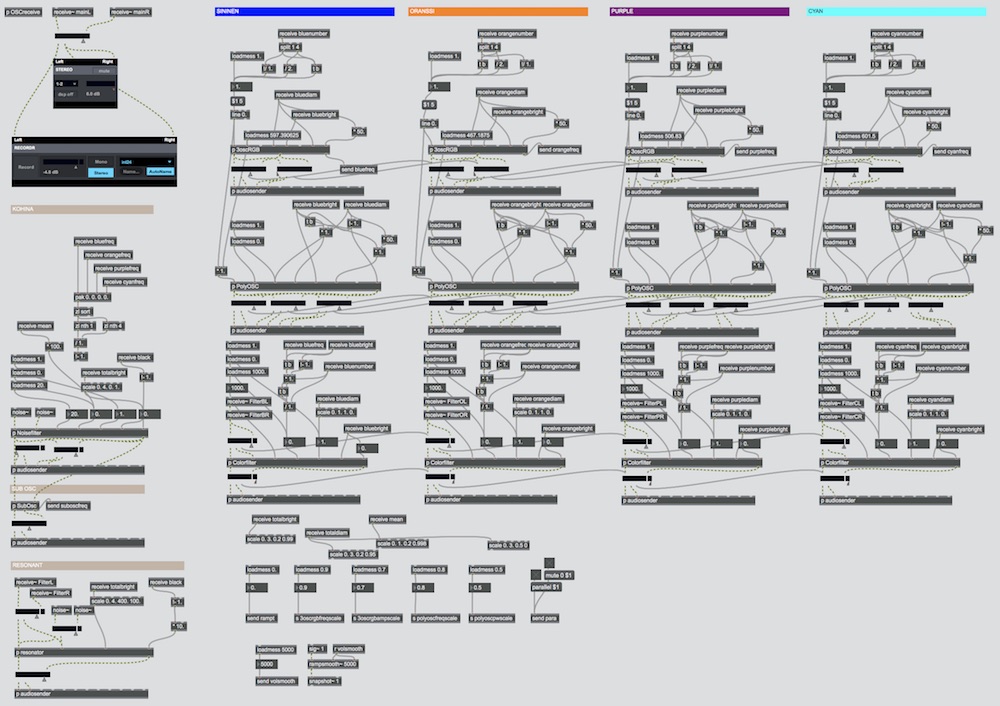
Shortly after our collaboration began, an opportunity arose to exhibit the piece. Fusion premiered at Flash Vallisaari on September 21, 2018.